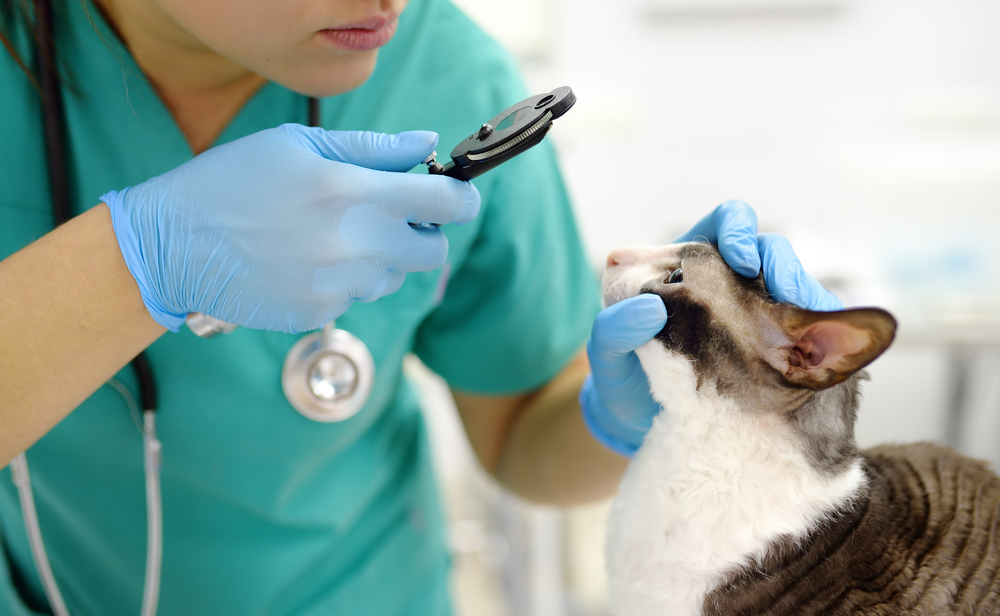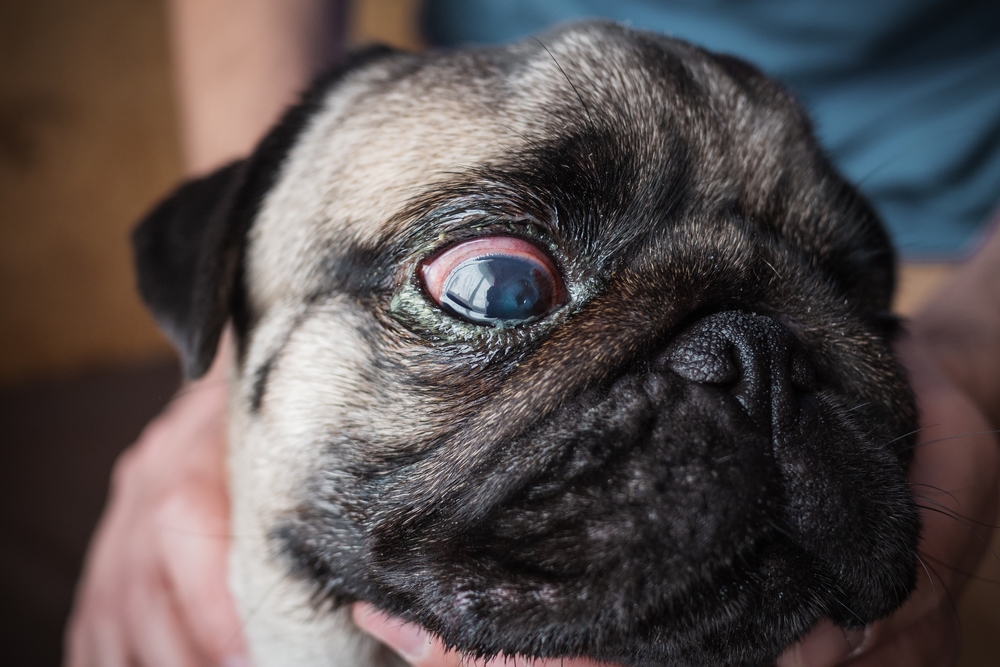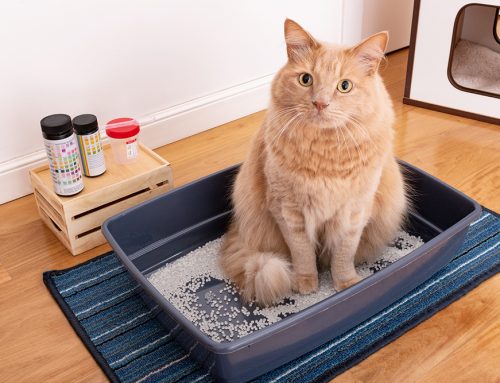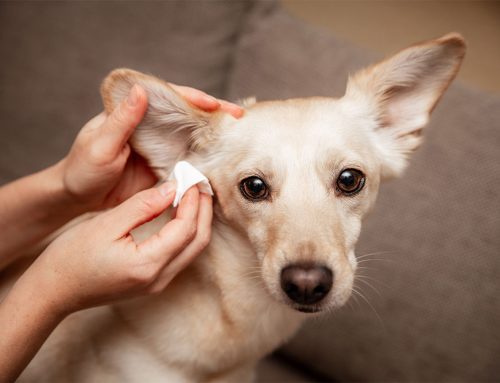The eyes have it—ocular inflammation is uncomfortable for pets and can potentially indicate a serious injury or condition requiring veterinary care. Find out why your pet’s expressive eyes may suddenly be expressing pain and illness in this guide from Oliver Animal Hospital, your trusted south Austin vet.
Recognizing eye irritation in pets
Sometimes your pet’s behavior or another visual sign is the first clue to their painful or irritated eye. You likely will be prompted to lift their eyelid, and you may see redness along the lid or sclera (i.e., the white eye portion). Such signs and actions may include:
- Squinting or blinking
- Light sensitivity
- Swollen eyelid (i.e., conjunctivitis)
- Rubbing the face and muzzle on the floor or furniture
- Pawing at the eye
- Cloudy pupil
- Visible yellow, green, or watery discharge
- Head tilt or low head carriage
- Swelling around the eye or a protruded eye
- Unusual behavior such as hiding, hypersensitivity, or avoiding physical contact
Eye conditions can be extremely painful and irritating, and delayed treatment can result in additional injury (e.g., ulcers, scratches) from persistent rubbing or pawing. If your pet is experiencing ocular discomfort, contact Oliver Animal Hospital to determine if they need urgent care.
What red eyes you have—common causes for eye irritation in pets
The eye is a precise, sensitive organ with several protective features against injury, including the eyelids, eyelashes, and an acute blink reflex. Unfortunately, these safeguards cannot thwart every external and internal threat.
Countless ocular conditions can trigger an inflammatory response, some of which are rare or require referral to a board-certified veterinary ophthalmologist. Some causes we commonly treat at Oliver Animal Hospital include:
- Environmental allergies — Pets are equally susceptible to environmental irritants, including tree pollen and grasses or indoor dust and dander. If your pet’s eyes seem red during spring or summer, seasonal allergies are likely to blame.
- Third eyelid inflammation (cherry eye) — The third eyelid is actually a gland that produces tears and helps protect the eye from injury. An irritated or swollen gland protrudes over the lower lid and becomes visible. If the irritation cannot be reduced with topical medication, surgical correction that tacks the gland back into place may be necessary.
- Irritants — Your pet’s blink reflex and natural lubricating tears protect the eye from most external hazards, but flying debris, such as seeds, cut grass, splinters, dust, and other particulates, can still penetrate the eye or create chronic abrasion. Foreign objects can lead to secondary issues such as bacterial infection and ulcers that can permanently alter the pet’s vision.
In some cases, the eye’s supporting structures are the irritant. Inward rolling eyelids (i.e., entropion) and small inward-facing eyelashes (i.e., distichiasis) can rub against the eye and cause injury and discomfort.
- Trauma — Scratches from other pets or wildlife or contact with sharp objects can cause inflammation, discharge, and pain. Self-inflicted trauma from excessive facial pawing, rubbing, or scratching may also occur. As with other injuries, this can result in a secondary bacterial infection or potential vision loss.
- Glaucoma — Glaucoma is an extremely painful condition caused by increasing eye pressure. Primary glaucoma is an inherited disease that occurs when normal ocular fluid becomes trapped inside the eye. Secondary glaucoma can occur in response to another eye condition or injury. In addition to redness, the affected eyes may appear swollen or bulging and produce watery discharge.
- Insufficient tear production (i.e., keratoconjunctivitis sicca, or dry eye) — Some pets do not produce adequate tears for eye lubrication and cleansing, and their eyes feel itchy, irritated, and dry. Tear production can be influenced by various diseases, medications, or third eyelid removal. Supplemental (i.e., artificial) tears can prevent chronic dry eye complications.
While occasional discharge or temporary redness can be normal, persistent irritation, visible pain, and behavior changes require veterinary attention. Ocular conditions do not improve on their own and delayed treatment can result in significant pain, permanent vision changes, or eye loss. If you’re unsure about your pet’s eye problem, the Oliver Animal Hospital team can triage their status over the phone and determine if urgent care is necessary, or they can wait for a regular appointment.
Eye see you—preventing eye injuries in pets

Ocular hazards are a natural part of your pet’s life and environment and cannot be completely eliminated. However, you can minimize the likelihood of a serious injury by:
- Assessing risks — Brachycephalic (i.e., flat-faced) pets have forward-set eyes that are vulnerable to injury and irritation. Working, hunting, or active dogs who work or play in wooded or grassy areas or travel in open-air vehicles (e.g., cars, boats, ATVs) are more injury-prone.
- Using protective eyewear — If your dog enjoys outdoor activities, consider protective eyewear (e.g., RexSpecs).
- Recognizing warning signs — Prompt treatment can relieve your pet’s discomfort and prevent unnecessary complications and costly veterinary bills.
If your pet’s irritated eyes have you both seeing red, don’t take a wait-and-see approach. Contact your trusted south Austin vet at Oliver Animal Hospital for prompt, compassionate, and expert veterinary care.








Leave A Comment